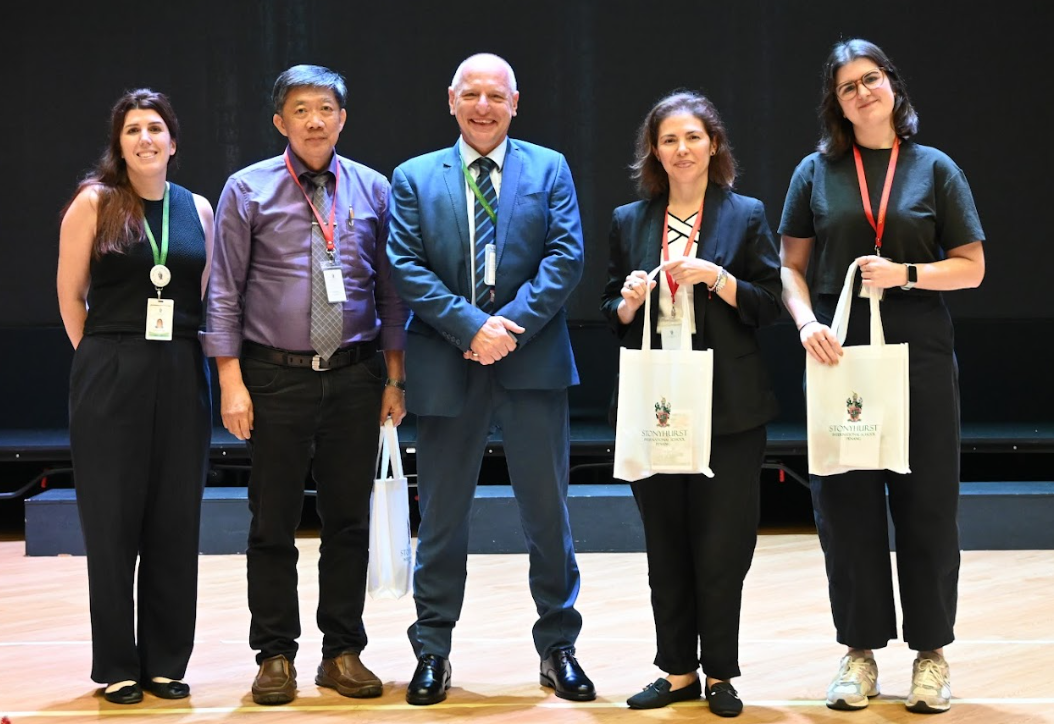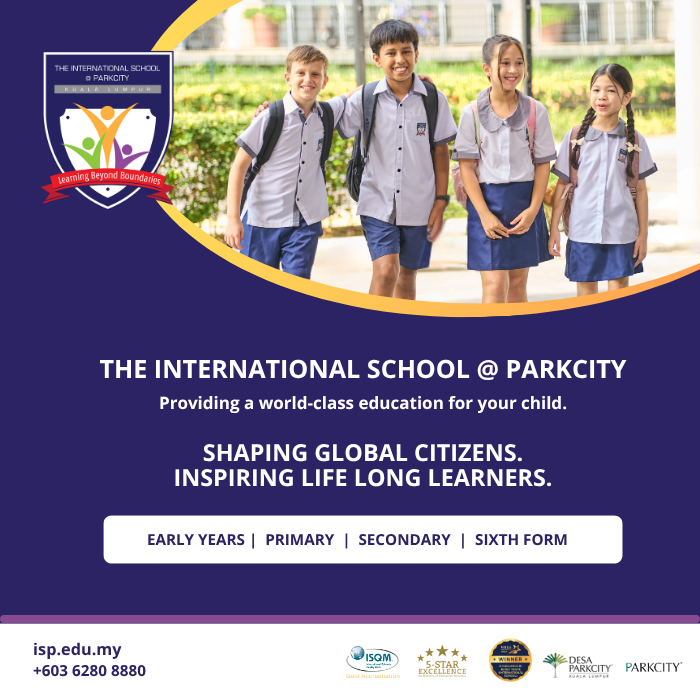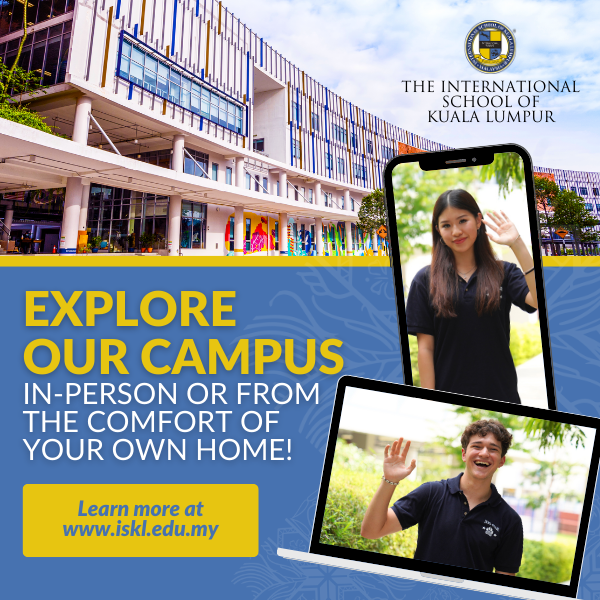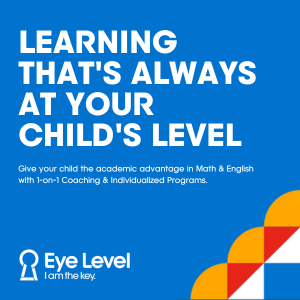The International Primary Curriculum (IPC) was introduced by Fieldwork Education in 2000. The demand for a more creative and effective curriculum that is taught from an international perspective resulted in the creation of the IPC. The IPC is made up of four learning stages which are early years (ages 3 to 5), milepost 1 (ages 5 to 7), milepost 2 (ages 7 to 9), and milepost 4 (ages 9 to 12). The IPC is now being taught in over 1,000 schools worldwide. The IPC is offered by a number of international schools in Malaysia at primary school level.

Here are five things you should know about the IPC:
1. The IPC is a thematic curriculum
The IPC is comprehensive, thematic and topic-based. Instead of subjects, students are taught through units of work. Units of work are thematic learning blocks with fun titles such as All About Me, Footprints from the Past, and Chocolate. They are taught in a way that keeps students engaged without realising that they are learning a few subjects at once! For example, in Chocolate, children are taught Geography, History, and Science by determining which countries cacao trees are found, how chocolate was founded by the Aztecs, and learning about melting and cooling chocolate. Therefore, a unit of work links all subjects through one common theme. A unit of work takes six to eight weeks to complete.
2. The IPC has a six-stage learning process
A unit of work is taught to students in six stages. The stages are Entry point, Knowledge Harvest, The Big Picture, Subject Research Activities, Subject Recording Activities, and Exit Point. An entry point is an activity that introduces a student to a specific unit of work whereas a student’s knowledge harvest is where teachers find out how much a student already knows. Next, teachers will give an overview of the theme at hand to get the students excited in The Big Picture. The learning starts with students carrying out research and recording what they have learnt. Those recordings are then presented to teachers and parents in the exit point.
3. The IPC has progressive assessment methods
Students in the IPC are given subject goals, personal learning goals and international learning goals according to which phase they are in. The IPC is divided into Milepost 1 (Ages 5 – 7), Milepost 2 (Ages 7 – 9) and Milepost 3 (Ages 9 – 11). Subject goals are achieved when students grasp the knowledge, skills and understanding related to a unit of learning. Personal goals aim to shape students into curious, resilient and thoughtful individuals. International learning goals help to develop students who are internationally minded.
4. The IPC has clear learning goals
In the IPC, teachers assess students using progressive assessment methods. There is an assessment for learning and an assessment of learning. The former assesses how well a student is coping with a particular unit of work. A student can either be at the beginning, developing, or mastering stage of a certain activity. They are then asked to state what they find difficult about completing that task. From there, teachers will help students improve and give useful learning advice to help them jump over that hurdle and progress to the next task in a unit of work. On the other hand, assessment of learning comes in the form of standard quizzes and exams that test the application skills and knowledge a student has learnt in a unit of work.
5. The IPC involves input from parents
Parents play a significant role in their children’s learning with the IPC. Schools that carry the IPC welcome opinions and suggestions from parents concerning the subjects and learning methods at the school. Furthermore, parents are fully aware and informed about their children’s progress in school. For example, students get to showcase what they have learnt during the week or month in the form of artwork, websites and videos. This showcase of work allows parents to see first-hand what their children learn at school. Also, this presentation of work can be seen as a celebration of achievements shared among parents, students and teachers.
Continue reading:
- 5 Things You Should Know About the IGCSE in Malaysia
- 5 Things You Should Know About the Cambridge International Curriculum
- 5 Things You Should Know About the Ontario (Canada) Curriculum
- 5 Things You Should Know About the British Curriculum
- 5 Things You Should Know About the American Curriculum
- 5 Things You Should Know About the International Baccalaureate Diploma Programme (IBDP)
- 5 Things You Should Know About the International Baccalaureate Middle Years Programme (IB MYP)
- 5 Things You Should Know About the International Baccalaureate Primary Years Programme (IB PYP)
- 5 Things You Should Know About the Victorian Curriculum (from Australia)













![[elc International School] NO SHORTCUTS: WHY THINKING STILL MATTERS](https://mint-edm.sgp1.digitaloceanspaces.com/production/XTvbqZxxQQxUHjyDcClxCortA5SxNs.png)




















